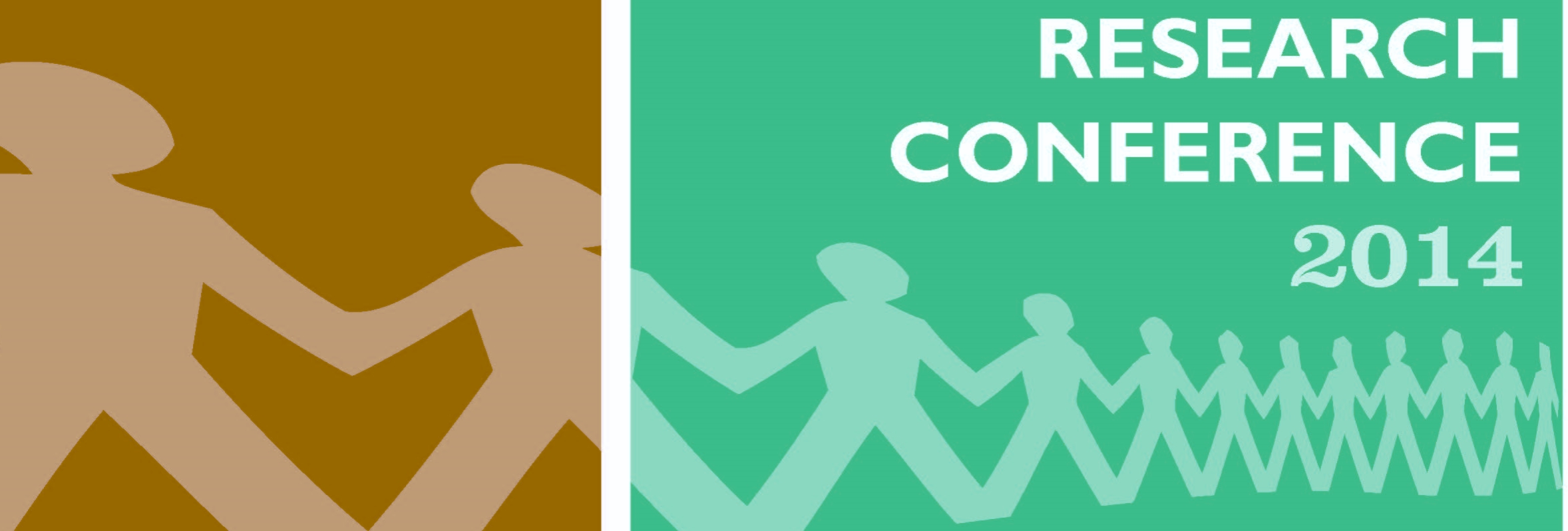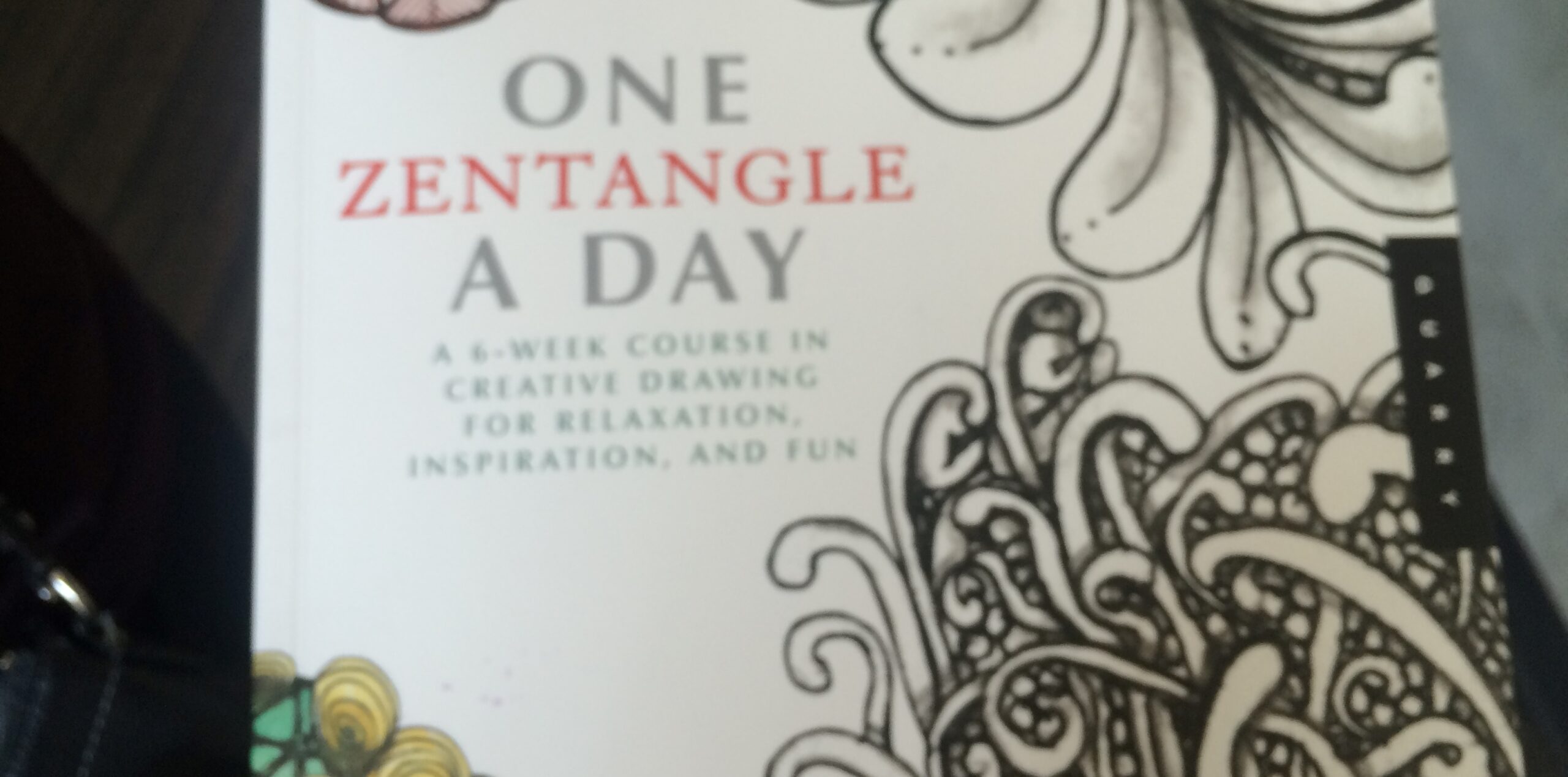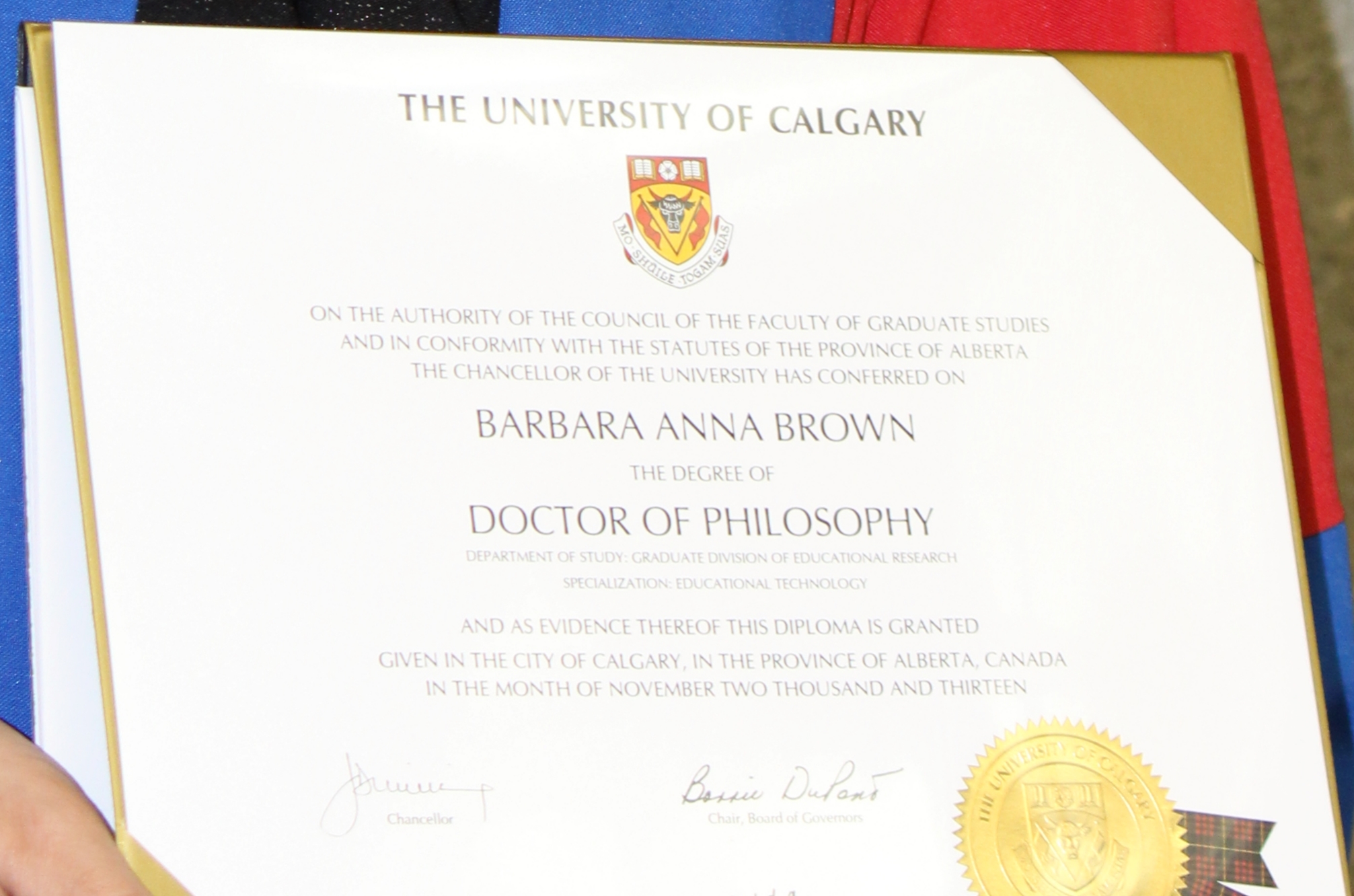I came across a blog post that was written in response to an article I co-authored in 2013 – Instructional Design Collaboration: A Professional Learning and Growth Experience. It was great to see that Stephen Downes read our article and also took time to post a critical, if cryptic, commentary. Too bad it took more than six months for me to see this post and associated comments before I got a chance to respond. This blog is a response to some of the ideas raised in Downes’ blog and a comment to his blog.
The brief commentary by Stephen Downes (2013) discusses the idea of relevance. I admit the content of our position paper (reflection of practice) might be considered common sense for some audiences familiar with online learning. The topic may not be as timely or important to some audiences, especially those who are expert in teaching online, collaborating with others in course design and using frameworks for updating online curriculum such as Hai-Jew’s (2010) fourfold approach discussed in our article. However, the topic of post secondary instructors collaborating on the design of online courses is relevant to a broad audience. My educational background and experiences are primarily in K-12 with over 20 years teaching/leadership. My own online learning and teaching experiences started in about 2008. I was surprised when approached by a colleague to consider co-writing about our experiences with instructional design and collaboration. At first, I questioned who would be interested in our reflections? Isn’t collaborative course design a common practice already in higher education? Turns out, the majority of instructors in higher education work in isolation, do not have any foundation in learning theory and instructional design, and many do not have the benefit of collaborative design and teaching experiences with others. As I reviewed the literature, and observed practice across campus, I realized that disciplined reflection on our collaborative work in the context of the professional programs in which we teach would make an important contribution to the existing body of literature in the field. We sought an appropriate journal for a reflective or positional paper on the topic. Despite my own reservations about making my teaching and design work public, I decided to take time to collaboratively reflect on my design experiences, take a risk, and make my early learning and design work visible for others.
Writing the article with four others who bring diverse experiences to online education provided a valuable learning and growth experience for me as a new scholar and sessional instructor. I appreciated the opportunity to reflect on my practice alongside my peers. From the feedback received from the journal editor and reviewers, I realized the potential impact of this work. I realized there were other instructors and researchers who valued the paper, found the ideas useful and relevant and who might benefit from our work. For example, one of the peer reviewers was so excited about our work that she asked for permission to share the article with colleagues pre-publication. Apparently other faculties besides our own were also working on collaborative course design. Following the publication, we presented our work at two conferences and both sessions were well received by faculty from various North American higher educational institutions; participants commented on the value of this contribution to the field. Other scholars recommended that we should continue building a research agenda around this topic. The practice of collaborative course design and team teaching has been adopted across our graduate programs, and is influencing design work across our campus through various initiatives. Furthermore, educators have also positively blogged and tweeted about the article. For example, Debbie Morrison (2013) posted a review – How Online Educators Benefitted by Walking-the-Talk with Collaborative Instructional Design.
Students enrolled in my school’s graduate programs also benefit from the backstory and practices around collaborative course design. Recently one student shared, “it was interesting to read about the development of the courses that I have been taking….I appreciated the description of the collaborative process that you engaged in to create the online course” (K. Hills, personal communication, June 2, 2014). In other words, the article was relevant for our audiences and also for audiences beyond our local context.
One aspect of the course we collaboratively designed is the goal of fostering a critical community of inquiry. It is important for graduate students in any program to critically and thoughtfully respond to the research literature. Downes (2013) mentions the article could have been written in the 90s in his commentary. Teaching experiences in the 90s were certainly not the same for everyone any more than they are today. For example, my teaching career started in the 90s so I just graduated from post secondary and did not experience any online or even blended course work in my pre service program at that time. With an avid interest and enthusiasm in technology, I quickly embraced educational technologies of the day and adopted Apple II e’s that were available in my school. By the late 90s I was teaching in schools where using dial up connections, accessing basic information on the Internet and communicating via email with others was at the beginning stages. However, designing online experiences for students in collaboration with colleagues was not common practice in my work. According to Rogers’ (2003) diffusion of innovation theory, there is a range of adopters for any innovation. There will be categories of individuals readily embracing innovations as well as individuals rejecting the same innovations – at the same point in time. As such, in the 90s there were educators advanced in using educational technologies in K12 and higher education environments and there were those who were only at the beginning of these innovations. So, it doesn’t surprise me that Downes, who is an early adopter, might think online collaboration is old practice and not relevant in the present. However, he cannot claim to speak for educators from across disciplines who are new to these ideas. Educators are not all at the exact same place or level of adoption with technologies and online instructional design, and each semester brings new educators into the online learning and teaching community.
A response to Downe’s post by Katrin Becker (November 26, 2013) questioned the use of the terms “signature pedagogies” in the article. I recommend that readers who are interested in the deep literature on signature pedagogies begin by reviewing Lee Shulman’s seminal work on the topic. Signature pedagogies are defined by Shulman (2005) as teaching that is characteristic of the profession. Shulman also discusses the importance of learning “to think, perform and act with integrity” as part of signature pedagogies (p. 52). It is important the teachers and school administrators and individuals from across disciplines who are enrolled in the Master’s program learn to think, perform and act as educational researchers and writers no matter what their goals are upon graduation. As such, understanding ethics in research and ethics in academic writing is authentic and relevant to the discipline and part of the course assignments. In simple terms, the course was designed to emulate the work in the discipline of education, which is scholarship of the profession and scholarship in the discipline. In this case, the discipline is educational research. In this master’s level writing in educational research course, the assignments in the course were designed to engage students in writing and collaborative experiences similar to those of educational researchers. For instance, in the course described in the article, students wrote proposals to present a poster or paper at an academic or professional conference, which is a common task for educational researchers. The students worked with peers and provided peer review, making their own learning visible while learning alongside peers. Many students carried through with actual presentations at conferences making the assignment authentic and relevant for their studies and professional growth. Perhaps more exemplars are needed to help develop a deeper understanding of the processes of signature pedagogies in online classes– this might be a good topic for another article!
I would like to sincerely thank everyone that took time to read the article and provide feedback. In reflecting on the experience of co-authoring my first peer-reviewed article and reflecting on all the positive and critical feedback about the topic, I developed some related belief statements:
I believe early adopters should consider providing pathways to encourage advances in educational technologies and support late adopters. I believe reflective practitioners should be encouraged to take risks and share their practice. I believe that sharing signature pedagogies and making learning visible is needed to build and share contemporary knowledge in our discipline. I believe that what is common sense for some is also new and inspiring for others.
References:
Brown, B., Eaton, S., Jacobsen, M., Roy, S., & Friesen, S. (2013). Instructional design collaboration: A professional learning and growth experience. MERLOT Journal of Online Learning and Teaching, 9(3). Retrieved from http://jolt.merlot.org/vol9no3/brown_0913.pdf
Downes, S. (2013). Instructional design collaboration: A professional learning and growth experience. Stephen’s Web [web log]. Retrieved August 12, 2014, from http://www.downes.ca/post/61435
Hai-Jew, S. (2010). An instructional design approach to updating an online course curriculum. EDUCAUSE Quarterly, 33(4). Retrieved from http://www.educause.edu/ero/article/instructional-design-approach-updating-online-course-curriculum
Morrison, D. (2013). How Online Educators Benefitted by Walking-the-Talk with Collaborative Instructional Design. Online learning insights [web log]. Retrieved August 12, 2014, from http://onlinelearninginsights.wordpress.com/2013/12/01/how-online-educators-benefitted-by-walking-the-talk-with-collaborative-instructional-design/
Rogers, E. M. (2003). Diffusion of innovations 5th ed). New York, NY: Free Press.
Shulman, L. S. (2005). Signature pedagogies in the professions. American Academy of Arts and Sciences, 134(3), 52-59.








